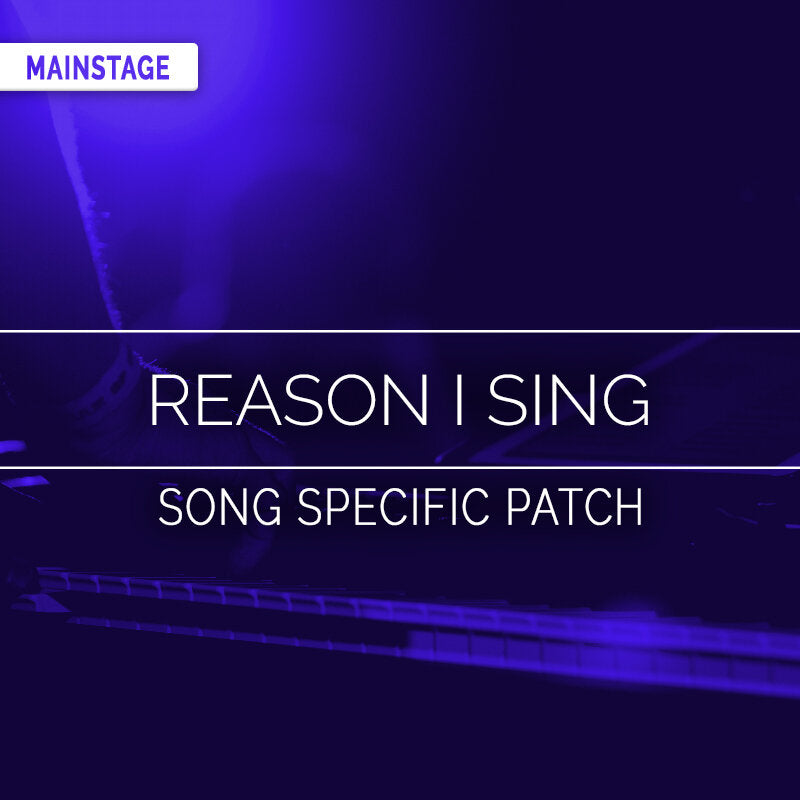
MIDI doesn’t come up in audio waveform instead it comes up as chunks of data per note. How do they look when transferred to your computer?

So now we know that MIDI carries codes, and audio carries sound. On the other hand, audio interfaces record the sound of the instrument itself.

What is being recorded?Īs we know by now, MIDI interfaces record the performance progress visually, like what notes you're playing, when you play them, and how loud. To understand the difference between the two we need to go back to the basics of both. It's also a common mistake for people to confuse them as being the same thing. While most beginners believe that audio interfaces are the go-to road to seamless music, many disregard MIDI interfaces. Difference Between a MIDI Interface and an Audio Interface We’ll go into more detail later, on the different sets of ports available and why you might need more than just one. Many MIDI interfaces have not just one, but several ports to connect to. However, it doesn’t generate messages from its own module.

Some of the most common messages include: These patches are basically instruments, and there are 1 to 128 to choose from. Within each channel, there is an assigned patch. MIDI messages can be sent over 16 different channels. MIDI has a lot of signals including the velocity of a note turning on/off, modulation wheels, pitch wheels, and many more. What's most interesting about MIDI, are the messages themselves. So what exactly are they sending ? MIDI Messages They act as a remote control to playing music inside of a device or computer.
#Best midi keyboard for mainstage tv
When you use your remote control, you are sending signals to the TV to perform these tasks. Your TV has a bunch of different controls built into it like turning on/off, raising the volume, or switching channels. Think of these interfaces as a TV remote control. Instead, it transmits data that is formed into binary codes (1's and zeros). Unlike audio transmissions, it does not carry sound. MIDI ( Music Instrument Digital Interface) sends signals to other controllers such as synths and keyboard controllers to operate digitally on computers. Over 30 years after its creation, it is still widely used in live performances and studio recordings. MIDI interfaces have a rich and exuberant history. Yes, we said communicate - and thanks to MIDI, that's a reality. Imagine all your music-making devices could communicate perfectly with each other?



 0 kommentar(er)
0 kommentar(er)
